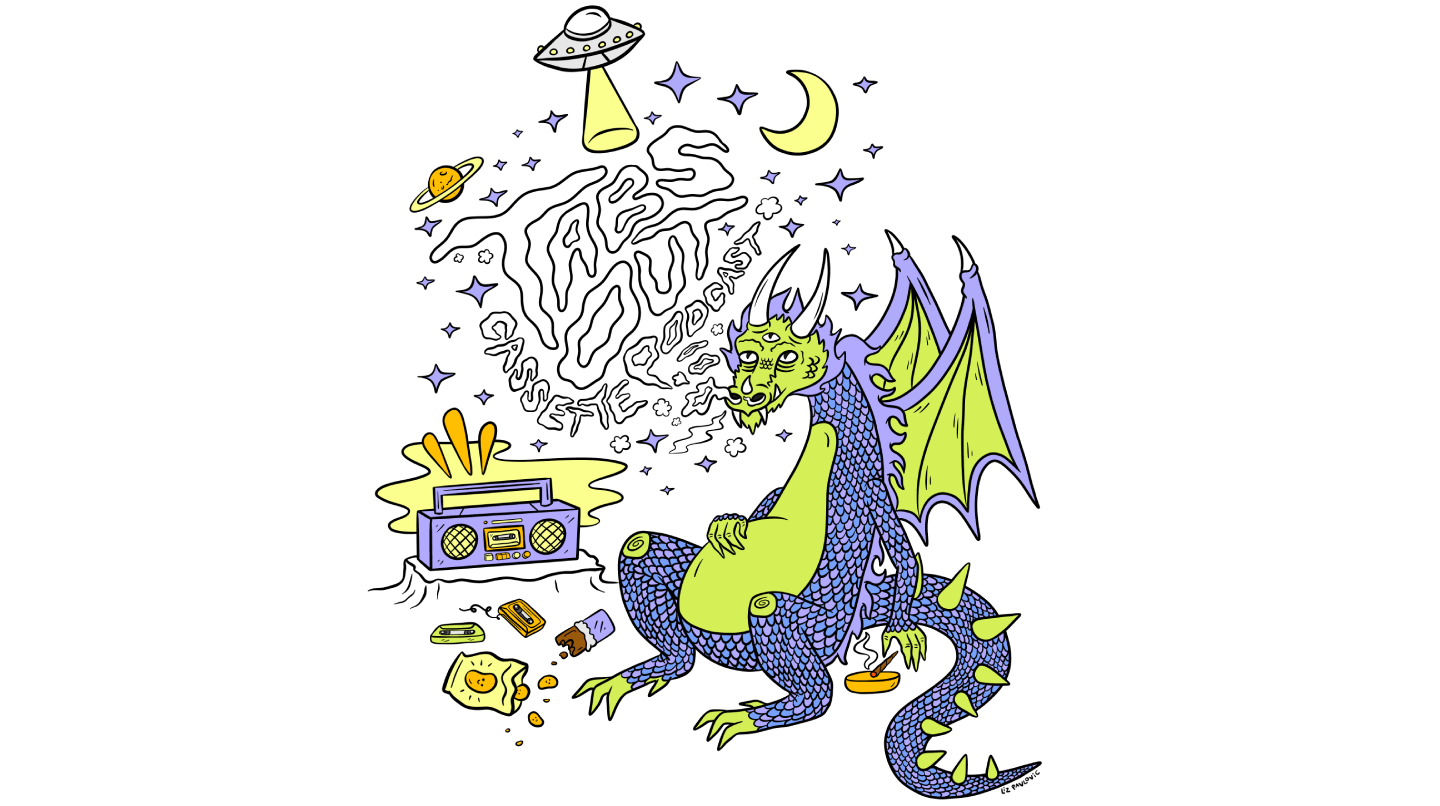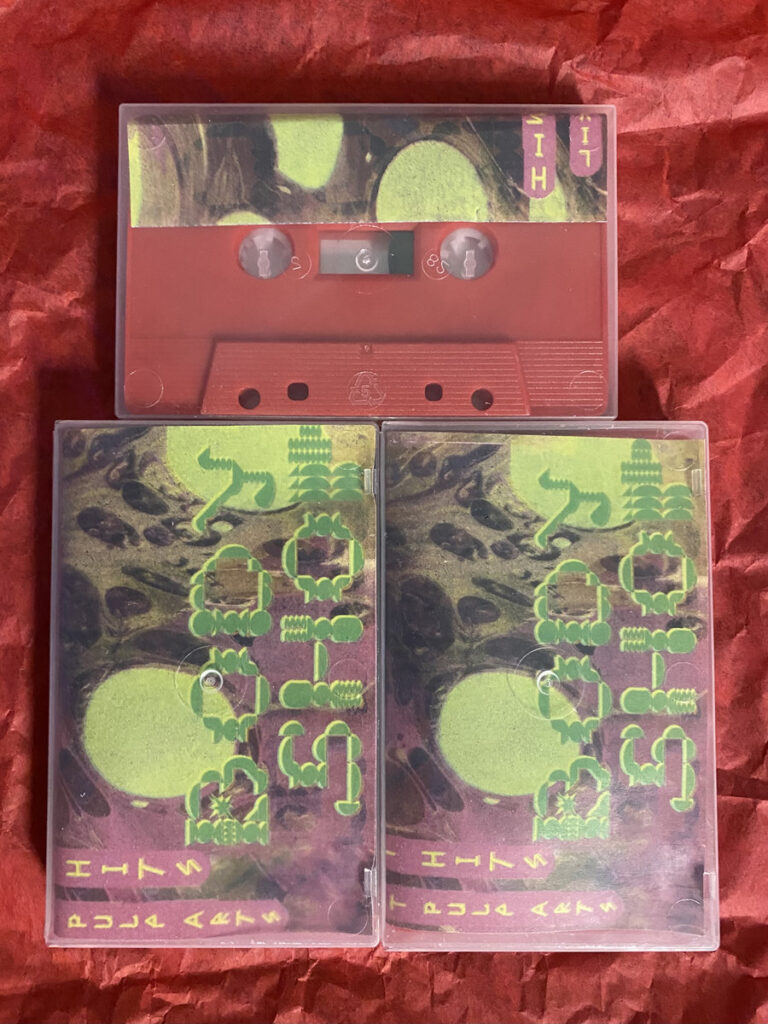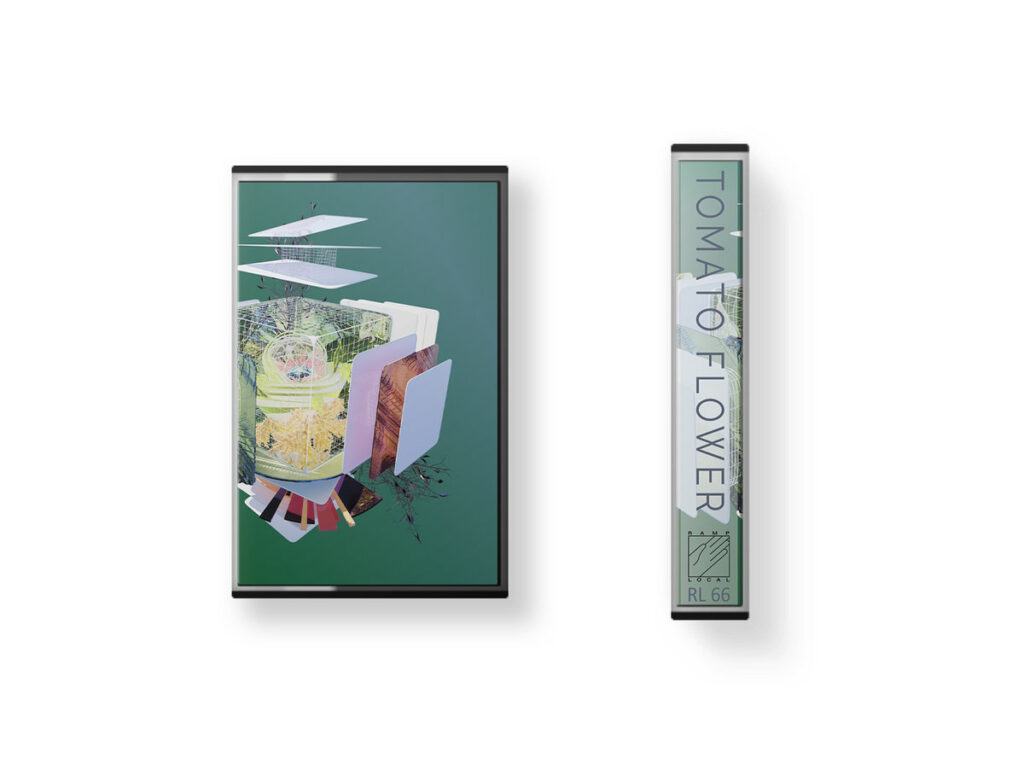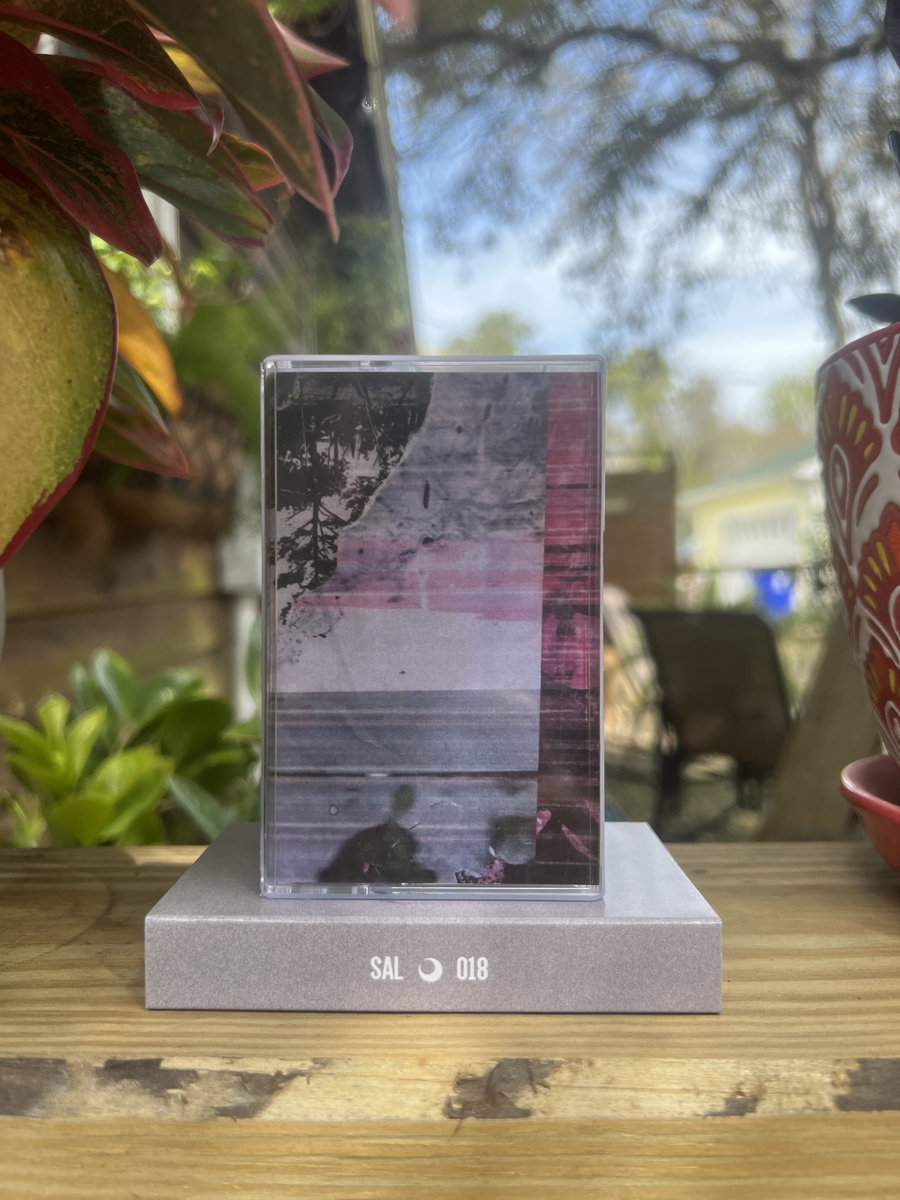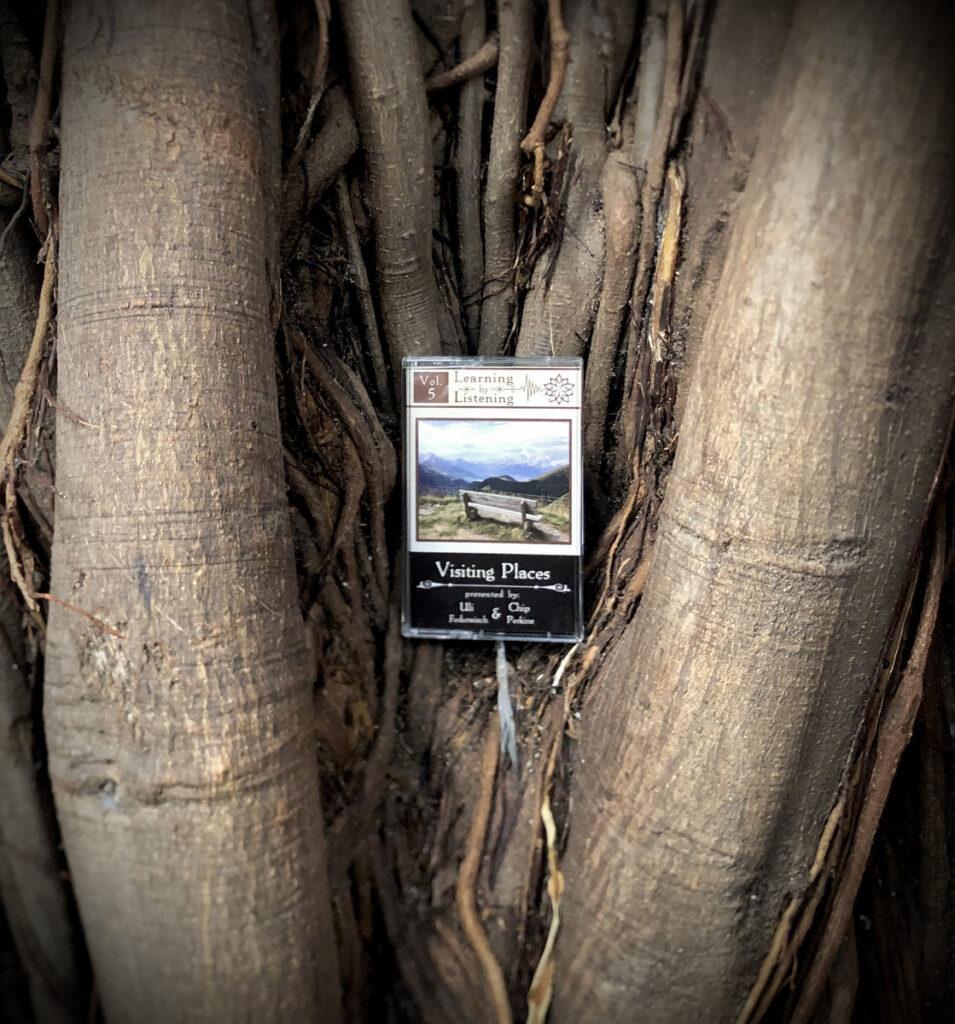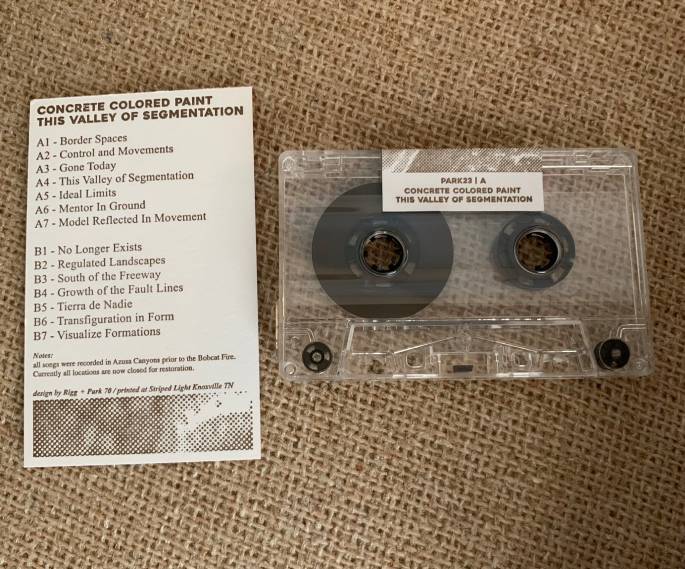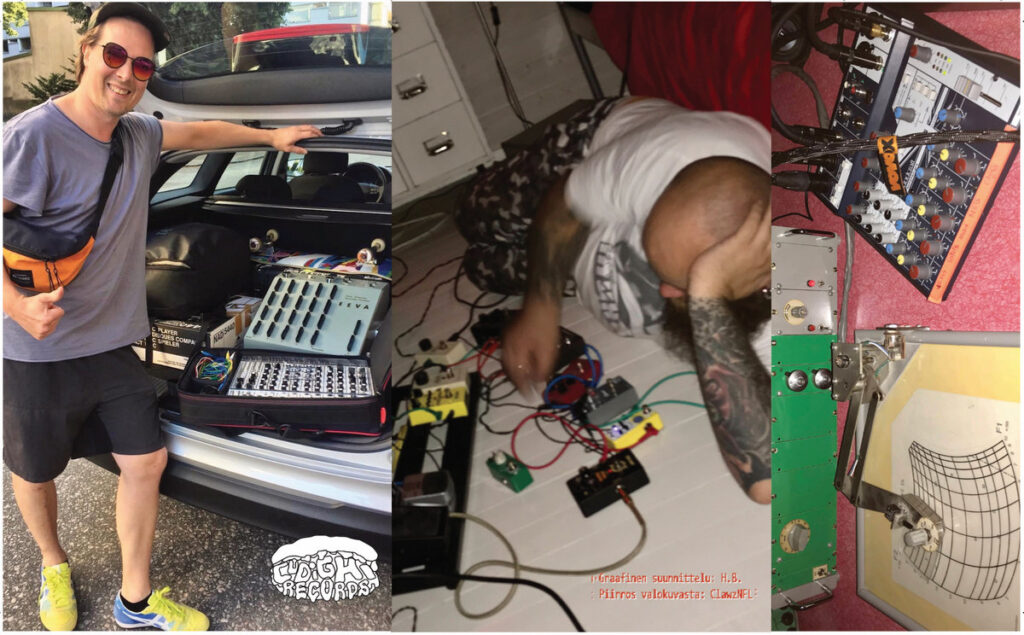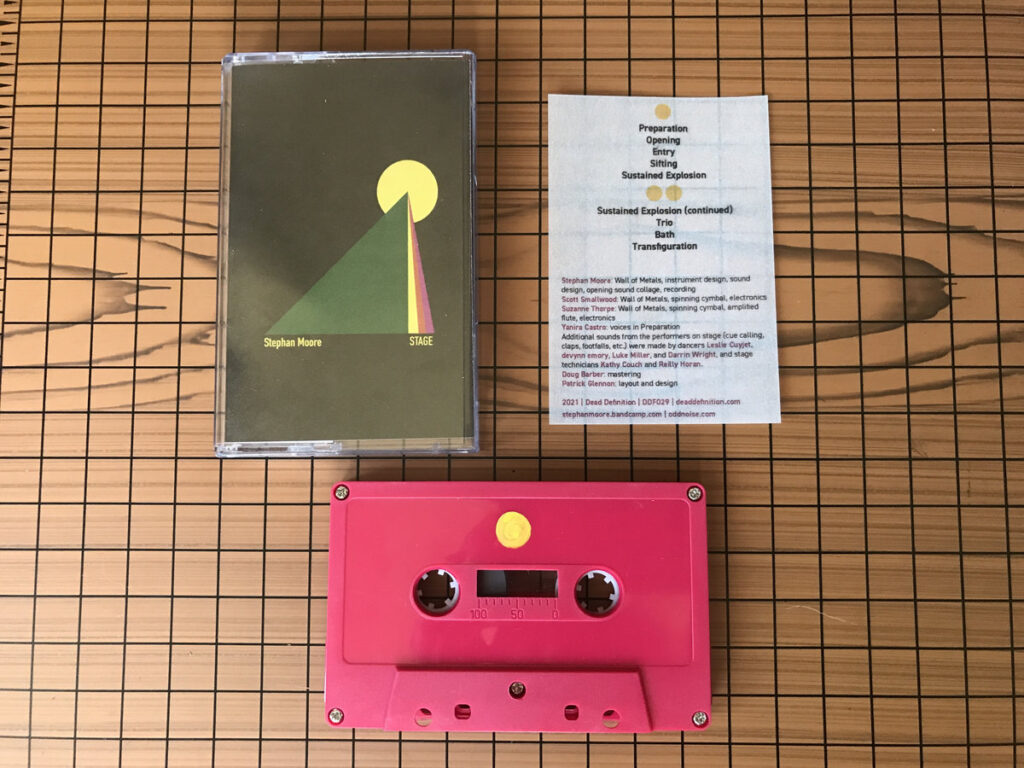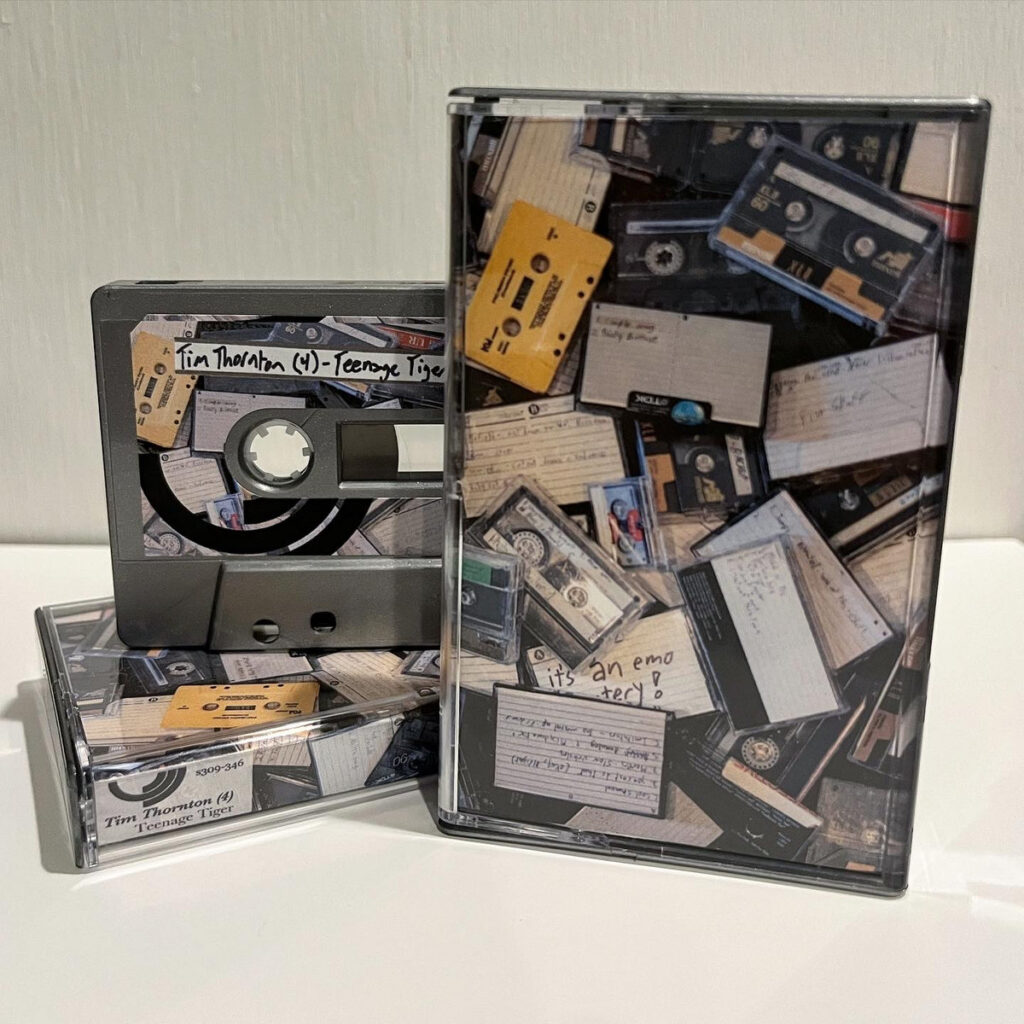Shoeb Ahmad – Breather Loops
7.28.22 by Matty McPherson
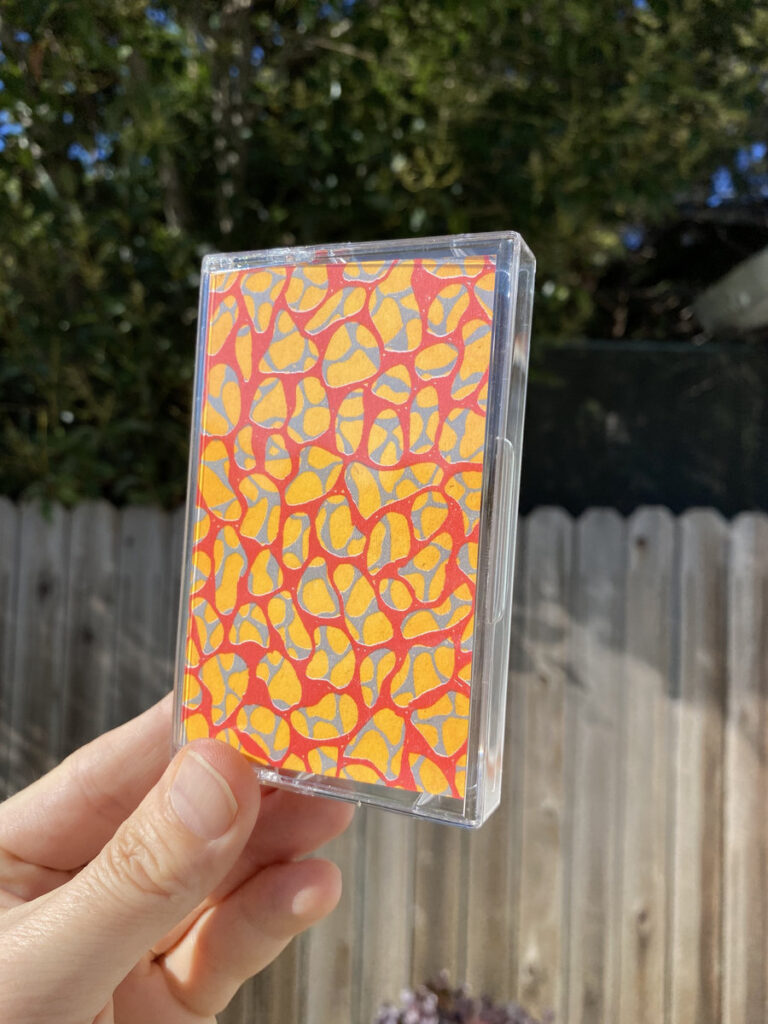
About a month ago I headed up to Pasadena for a Floating showcase. I’ve deeply enjoyed these events–although you must understand that I can rarely afford to go up in this economy due to gas/lack of transportation. Each one is a luxury to revel in.
Anyways, one of the preludes was a breathing exercise. And as someone that has tried desperately to find the proper q-zone for flawless breathing (and who claims to have “entered a sober trance state listening to the KLF’s Chill Out”), this was revelatory. Deep, thoughtful listening is intrinsically tied to deep, thoughtful breathing; it’s not a practice to be taken lightly and when performed perfectly it elicits compounding second-level effects. Take a breath from your stomach and let in more air through your diaphragm and out; repeat ad infinitely.
If you’re in the market for a listening companion to better instill this in you, then Atlantic Rhythms has you covered. The DC stalwart’s omnibus sounds have been known to teeter between the ambient (Dura) and the post-hardcore (the EXCEPTIONAL reissue of blacks myths is still available!). It’s always a good time, but now with Shoeb Ahmad’s Breather Loops, we’re taking things to the trance-level.
Shoeb Ahmad has been crafting sounds for over fifteen years. She’s got a knack for drone and misty soundscapes, but a punk ethos and quality is intrinsic to her work. Breather Loops is her music at its most didactic. Ahmad had developed these loops out of a lockdown necessity; meditative sleights that offered an open hand to anyone that’d listen. When Ahmad was given a grant, she started taking from her surroundings, crafting simple-10 second videos that could function as infinite loops.
It’s why I’ve likely looped these cuts repeatedly in various contexts; it’s an aggressively varied set of sounds that encompasses a range of sounds between fringe jazz, neo-classical slowcore, and illbient; an inadvertent soundtrack for the lulls and downtime one finds between a frothy pint or a bowl of hash and just need to zip out of existence. The zones Ahmad surmounts are not innately focused on movement; she was aiming for the “ambient as wallpaper” aesthetic. Things often move on the periphery, like within the zitters and zippers of opener 2.7 or the fourth-world music building of 2.3. At most, maybe 2.9 (or 2.1) can soundtrack a giant golden sun rising in the east. Big deep breath ditties here, aching over the hi-fi.
Though, Side B often features loops that operate as almost-ambient pop. 2.6’s synth and drum edge the energy of a run through a bombed New Mombasa in Halo 3: ODST, as a simple mantra is repeates. 2.5’s down deep with a sine tone and synth harmonies, just bellowing for a deep listen as it loops an impeccable tone around and around. 2.4 is practically the intro to Pearl Jam’s Ten, just spaced out. Closer 2.10’s loop brings out guitar and dubbed out drums, for a somber, sobering close to complete our breathing exercise, leaving us equipped for the task at hand.
Limited edition cassette available at the Atlantic Rhythms bandcamp page
